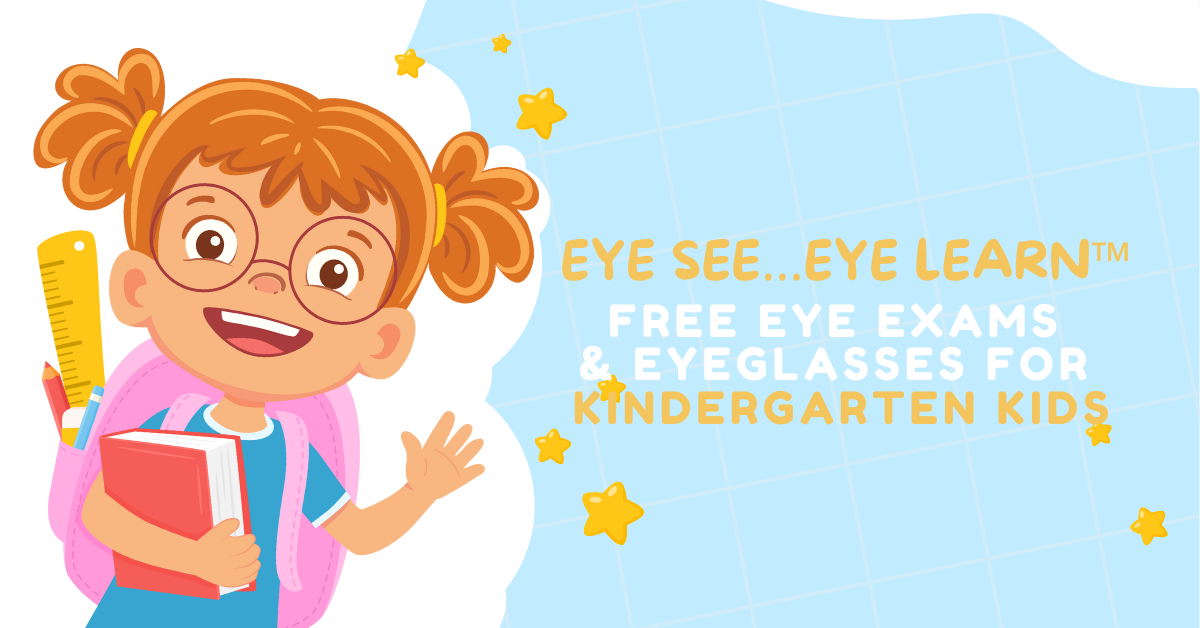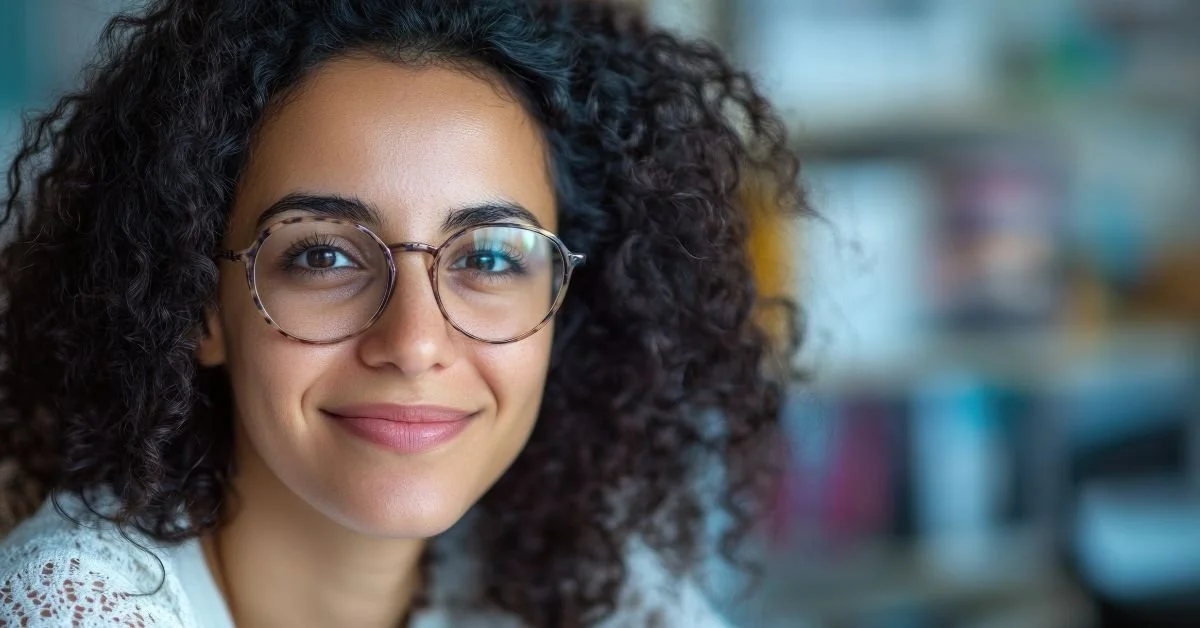Who Can Benefit the Most from Stellest Myopia Control Eyeglass Lenses?
Myopia, or nearsightedness, is a common refractive error affecting millions worldwide. It typically begins in childhood and can progress rapidly, leading to higher degrees of myopia and associated risks for more severe eye conditions later in life, such as retinal detachment and glaucoma. For parents looking to manage and control myopia progression in their children, Stellest myopia control eyeglass lenses offer a promising solution, providing a sense of relief. But who are the best candidates for this innovative treatment? Let's explore.
Understanding Stellest Myopia Control Lenses
Stellest lenses, developed by Essilor, are designed specifically to slow down the progression of myopia in children. These lenses utilize a unique constellation of lenslets on the surface that create peripheral defocus in front of the retina. This design helps to reduce the stimulus for axial elongation of the eye, which is one of the underlying causes of myopia progression.
Ideal Candidates for Stellest Lenses
Children with Progressive Myopia: The primary candidates for Stellest lenses are children who have been diagnosed with progressive myopia. Early intervention is critical to managing myopia effectively. Stellest lenses are most beneficial for young patients whose myopia is rapidly worsening. These lenses slow the progression, potentially reducing the risk of high myopia and related complications in the future.
Children Between the Ages of 6 and 16: Clinical studies and trials have shown that Stellest lenses are particularly effective for children aged 6 to 16. This age range is typically when myopia progression is most active. Parents of children in this age group should consider Stellest lenses as a proactive measure to control their child's myopia.
Children with a Family History of Myopia: Genetics play a significant role in myopia development. If one or both parents are myopic, there is a higher likelihood that their children will also develop myopia. Starting myopia control with Stellest lenses early can be particularly advantageous for these children.
Children Who Struggle With Other Treatments: For some children, traditional myopia control methods such as prescription eye drops or contact lenses may not be suitable for various reasons. Stellest lenses provide an excellent alternative for these children, ensuring they still receive effective myopia management.
Benefits of Stellest Lenses
Stellest lenses offer several key benefits that make them an attractive option for managing myopia in children:
Proven Efficacy: Clinical studies have demonstrated that Stellest lenses can slow down myopia progression by up to 67% compared to traditional single-vision lenses when worn 12 hours a day.
Comfort and Adaptability: The design of Stellest lenses ensures comfort and ease of adaptation, making them suitable for daily wear.
Comprehensive Vision Correction: Besides controlling myopia progression, Stellest lenses provide clear and sharp vision for all daily activities.
Are Stellest Eyeglasses Right For You?
The Stellest myopia control eyeglass lenses represent a significant advancement in managing progressive myopia in children. By targeting one of the underlying causes of myopia progression, these lenses offer a proactive and effective solution for young patients. Children with progressive myopia, particularly those between the ages of 6 and 16, with a family history of myopia or those struggling with traditional corrective lenses, are the best candidates for Stellest lenses. This information empowers parents to take early action for their child's vision health.
If you are concerned about your child's progression of myopia, book an eye exam with one of our optometrists to discuss whether Stellest lenses are the right option for you. Early intervention and proper treatment can make a significant difference in your child's vision health and overall quality of life.
Disclaimer: The content provided in this blog post by Helio Optometry eye care clinic in West Edmonton is intended solely for informational purposes and does not replace professional medical advice, diagnosis, or treatment by a Licensed Optometrist. No doctor/patient relationship is established through the use of this blog. The information and resources presented are not meant to endorse or recommend any particular medical treatment or guarantee and outcome. Readers must consult with their own healthcare provider regarding their health concerns. Helio Optometry and its optometrists do not assume any liability for the information contained herein nor for any errors or omissions. Use of the blog's content is at the user's own risk, and users are encouraged to make informed decisions about their health care based on consultations with qualified professionals.















